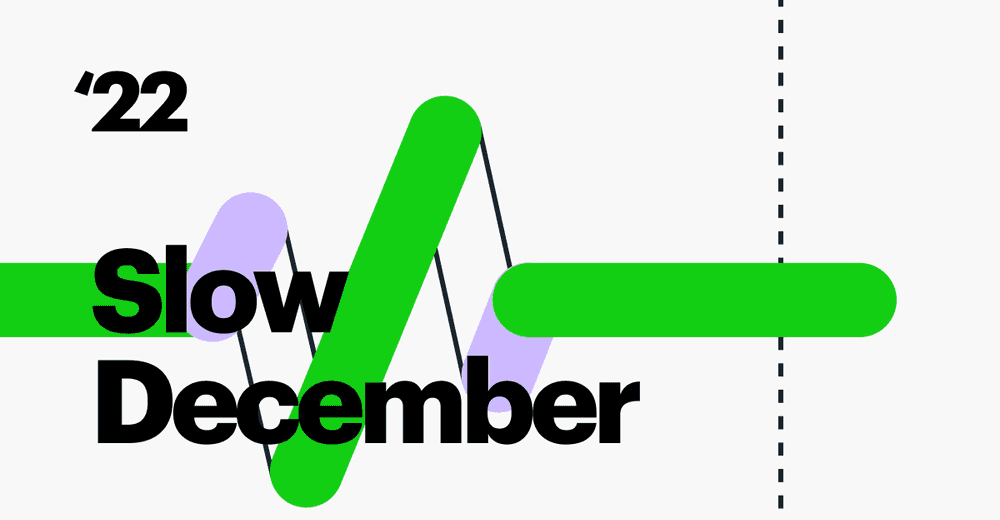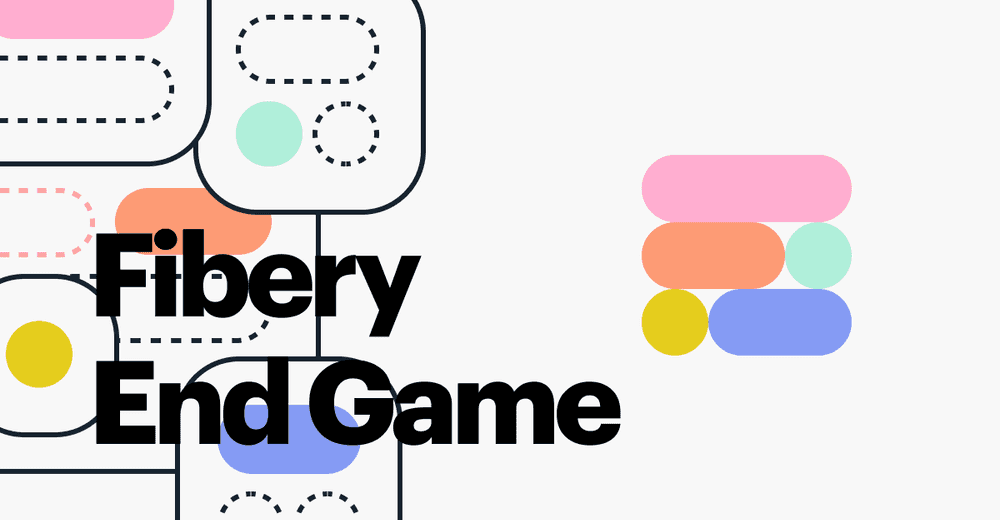You Don't Need Generic Product Roadmap Templates
Google throws up hundreds of free templates whenever you search for anything related to product roadmaps. It’s tempting to download the first one you find, but if you’re serious about building a sustainable self-sufficient business? You should avoid them. 🙅
Generic downloadable resources like this may shave some time off the start of the roadmapping process, but they represent a false economy. The time and money saved are really just work that has been kicked down the road, as you end up having to stop and rework the product roadmap template to suit your needs later on. If this keeps happening, you’ve built weakness into one of your core processes for the sake of an easy start.
It is far better to encourage your product leaders to create their own roadmap from the ground up, and here’s why.
The roadmap template should be as unique as your product
Your product is unique, so why use a generic template to guide its development? The market you operate in has its own distinctive pitfalls and opportunities. You no doubt spent months honing your product concept to ensure it has distinctive selling points. It stands to reason that a customer relationship management platform from a startup will not have the same development goals as, say, a cloud accounting package from an established company. This is not a one-size-fits-all business.
There is also a good chance that whatever roadmap templates are shoved in your face during a Google search will be outdated, especially for software products. They will likely have been designed with a feature-driven approach in mind, a roadmap mentality that is increasingly obsolete. A successful software roadmap needs to take a broad top-level strategic view. In fast-moving markets where customer needs change quickly, dogmatically basing your product roadmap around specific features can lead you astray, hitting milestones your users no longer want. This 2018 conference paper from Reutlingen University found a “significant consensus” among its software business interviewees that traditional roadmapping was insufficient for this very reason.
Free product roadmap templates cost time later
Having to fix and customize a generic product roadmap template that you downloaded for free is not just inefficient, it can be actively harmful. You inherit the bad practices and biases of whoever created the template. Why trust something as vital as the strategic direction of your product to an internet stranger?
The danger is that the deeper into a process you go with a flawed foundation, the harder it is to change course. The sunk cost fallacy can make it so that the exponentially increasing effort needed to fix or replace a poor product roadmap down the line generates organizational inertia in which mistakes end up baked in permanently rather than excised early.
This is especially problematic since many people have a limited idea of what a roadmap should be. There is a persistent misconception that a product roadmap’s primary function is as a delivery timeline rather than an evolving strategic document. Use a template that leads with the “when” of development tasks, and you risk missing the more crucial questions of why and how. Without that clarity of purpose, teams and departments will become misaligned on strategy, your development drifts, and eventually you have to recalibrate the whole document on the fly.
Bree Davies, a product manager at Agile development coaching company Atlassian, spells it out: “A roadmap is counter-productive if it isn’t up to date. You’ll know if your roadmap needs to be updated more frequently because your stakeholders will start calling you for updates instead of consulting your roadmap. These one-off requests reflect a distrust in your roadmap, and a huge potential time suck.”
The best way to avoid this trouble is clear: Start with a roadmap you have developed internally, custom designed for your circumstances. It’s not the easy option, but important tasks never are.
Your team can build its own product roadmap
Creating a bespoke roadmap is an upfront investment of time and effort that pays off later, but the process of developing the roadmap is a valuable exercise in itself. Building a roadmap from nothing forces product managers to think more deeply and strategically about every potential direction. Consider all the stakeholder needs from the start rather than cramming your data into pre-defined boxes. The better you understand how something is made, the better equipped you are to fix, upgrade, and maintain it in the future. For a product roadmap in today’s turbulent markets, the flexibility provided by that in-depth knowledge is essential.
Building from scratch also teaches you how to be concise because when you are laying every brick yourself, there’s no sense in making the task bigger than it needs to be. This is exactly how to approach roadmapping since the ideal product roadmap should favor function over form, offering simple top-level clarity rather than getting bloated with theoretical details that might well change along the way. Your roadmap should be a living document that sets up a clear route forward while still being able to change to accommodate market changes. More importantly, it needs to be visible to the entire company, so every department can refer to it to ensure they are on course.
You didn’t get this far by cutting corners
Building a sustainable and successful product means considering every angle. You don’t last very long if your first instinct is to look for the quickest, easiest solution rather than the best. The businesses that survive and thrive in the fluid software markets we’re now seeing will be the ones that have future-proofed themselves by taking a bespoke self-reliant approach to as many key processes as possible. Product roadmaps are just the natural start of implementing this ethos. Encourage your team leaders to audit their use of off-the-peg tools and resources to see how many are genuinely beneficial and which just seemed like an easy win at the time. The time and effort invested are always reflected in the quality of your end product.
Psst... Wanna try Fibery? 👀
Infinitely flexible product discovery & development platform.



